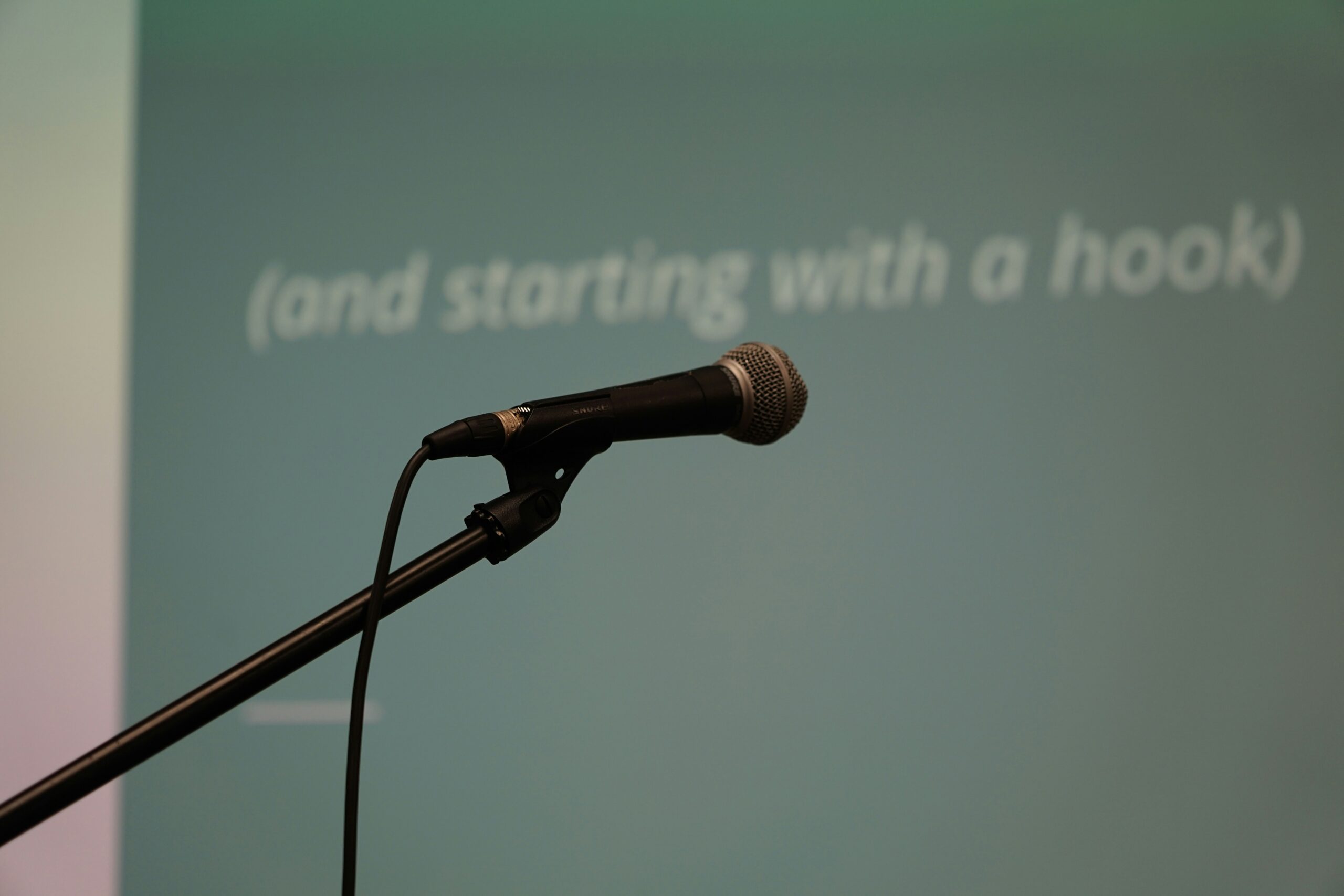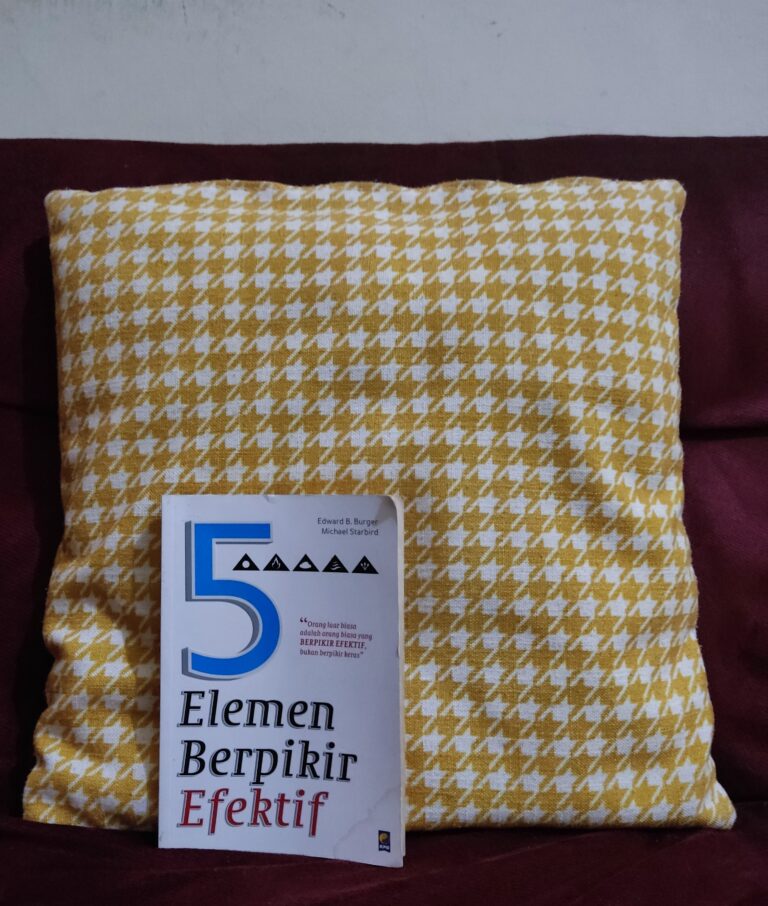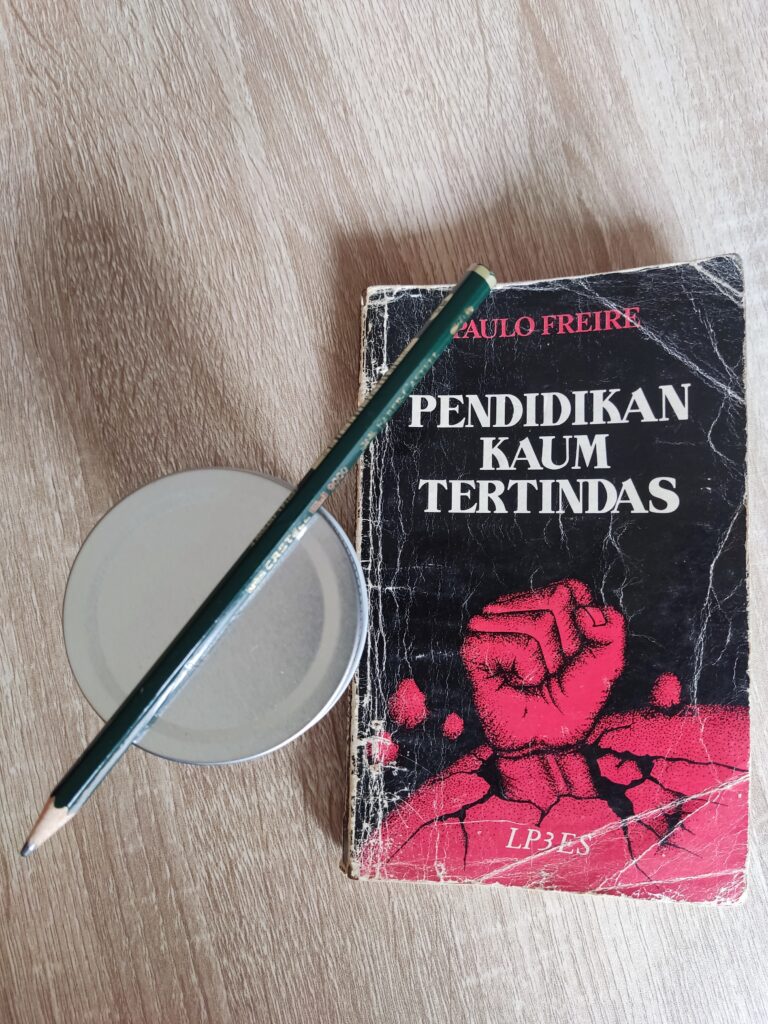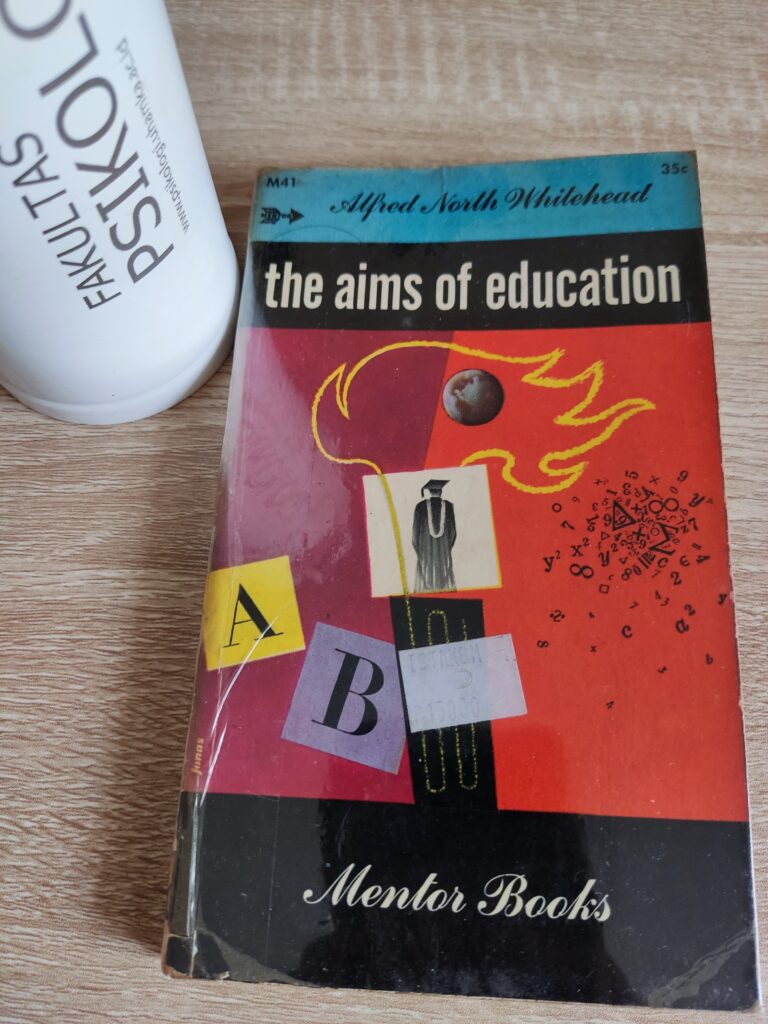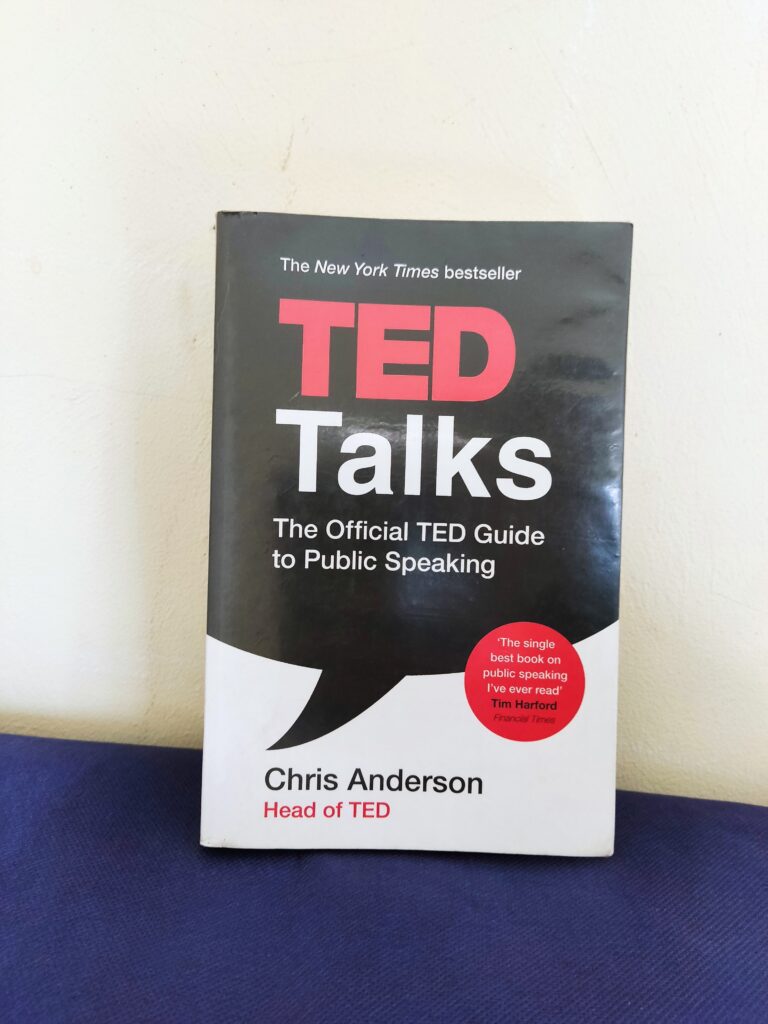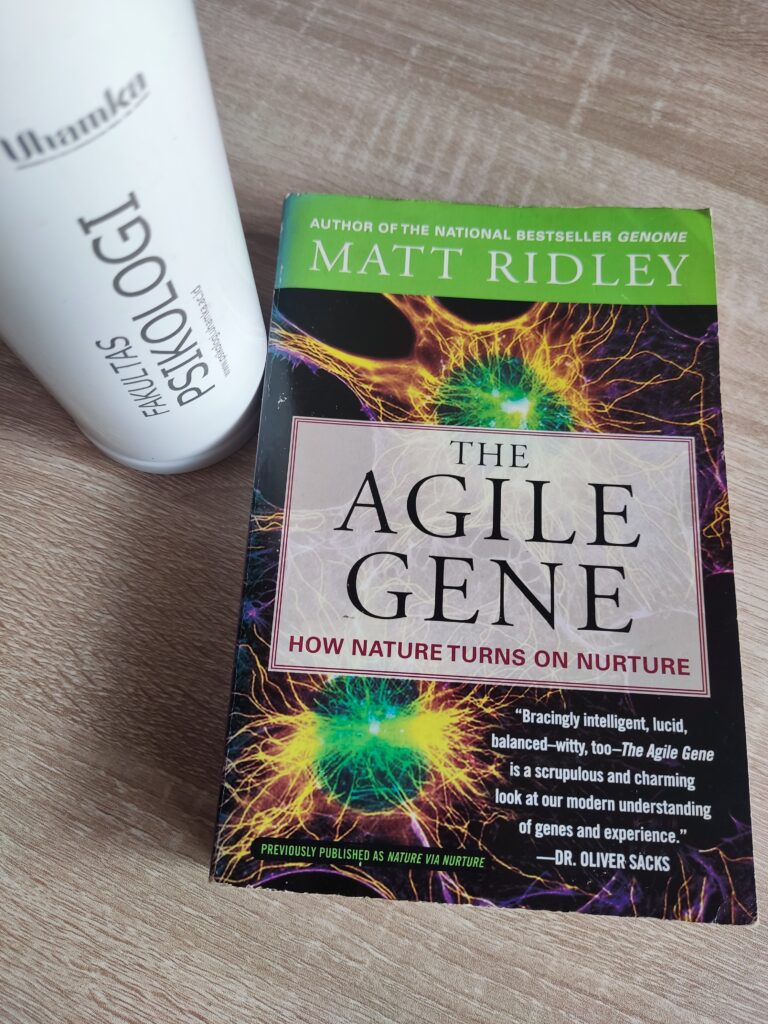Presentation Literacy: A Key Skill for the 21st Century
There is a feeling of happiness that blooms when in the classroom watching students presenting material well; but the opposite feeling arises when students present the opposite. So, when students are in front of the class, taking over the learning process but delivering a presentation that is difficult for the rest of the class to understand the material, I would expect a feeling of unhappiness to color the meeting that day. Instead of explaining, students usually rely on the PowerPoint that appears on the screen, filled with writing by read it, often not understanding what is being read. If this is the case, I usually ask students to stop and repeat their presentation when they are ready.
I suspect that students start doing presentations when they are in their first year as students. When they are in school, they do not have much presentation experience, maybe because our schools do not accustom students to learning through presentations. On campus, especially since higher education policies in Indonesia require campuses to organize student-centered learning (student-based learning), the classroom becomes a place for students to learn by doing presentations. Usually, for students who use presentations as a learning tool, their presentation skills will improve as the semesters they go through increase. For students who do not view presentations as a learning tool, but as a mere assignment, their presentation skills do not change much.
Presentation literacy is going to be an important life skill to have in the decades ahead.
Viewing presentations as a way of learning encourages us not only to understand the material to be presented, but also to be able to convey the material to colleagues in class in a way that can be understood. So, when preparing a presentation, we need to make sure that we really understand the material we are going to present. It may be necessary to explain by reciting it, instead of reading it. It may also be necessary to practice the presentation with fellow group members, and each other assess whether the delivery is easy or difficult to understand. Do you feel that you understand the material well so you don’t need to practice? Even experts, when presenting material that is their expertise, which has been their staple food for years, even dedicating themselves throughout their lives, still need to test their abilities by practicing presentations. No time to practice? Even someone as busy as Bill Gates still takes time to practice before a presentation.
To improve self-efficacy in presentations, I usually suggest students to watch presentation videos on TED.com on their own. There are many topics we can choose from to observe how people present well. We can watch psychology topics presented by contemporary psychology figures there, including Martin Seligman, Philip Zimbardo, Carol Dweck, Adam Grant, and many more.
To learn more about presentations, there is a great book written by TED curator Chris Anderson, titled TED Talks: The Official TED Guide to Public Speaking. He explains in detail about how to give a good presentation, from preparing the material to a number of technical things that affect the quality of the presentation. For this time, I will only quote the part written in his book about the importance of students, even college students, having presentation skills. Anderson calls this ability presentation literacy. Anderson writes,
In the twenty-first century, presentation literacy should be taught in every school. Indeed, before the era of books, it was considered an absolutely core part of education, albeit under an old-fashioned name: rhetoric. Today, in the connected era, we should resurrect that noble art and make it education’s fourth R: reading, ‘riting, ‘rithmetic … and rhetoric.
We think presentation literacy should be a core part of every school’s curriculum, on par with reading and math. It’s going to be an important life skill to have in the decades ahead.
Presentation literacy isn’t an optional extra for the few. It’s a core skill for the twenty-first century. It’s the most impactful way to share who you are and what you care about. If you can learn to do it, your self-confidence will flourish, and you may be amazed at the beneficial impact it can have on your success in life, however you might choose to define that.
So fellow students, use the opportunity to present in class well. Make it a chance to practice the main skills needed and will have an impact on the quality of life in the future. In just a few semesters, presentation skills will help you convince the examiners of your thesis about the research you have done. Also, some time later, this skill will help you, oh students, meet your future in-laws to propose to the girl of your dreams.
This article is a Google-translate version of Literasi Presentasi: Keterampilan Utama Abad 21

